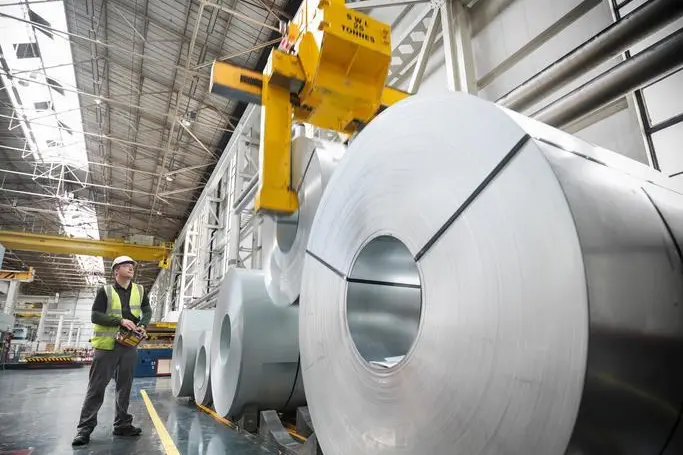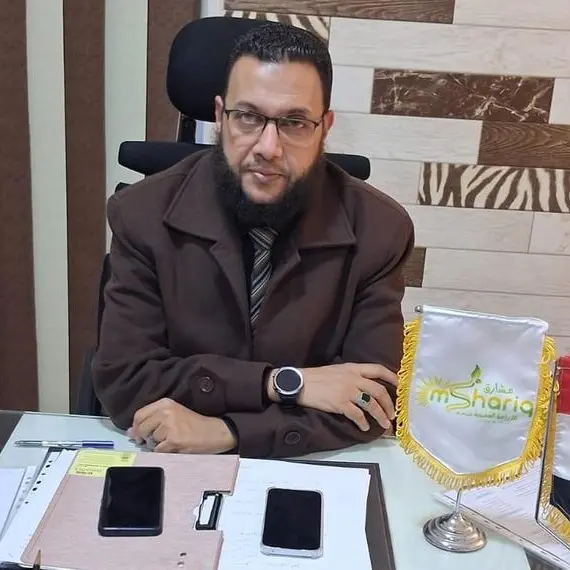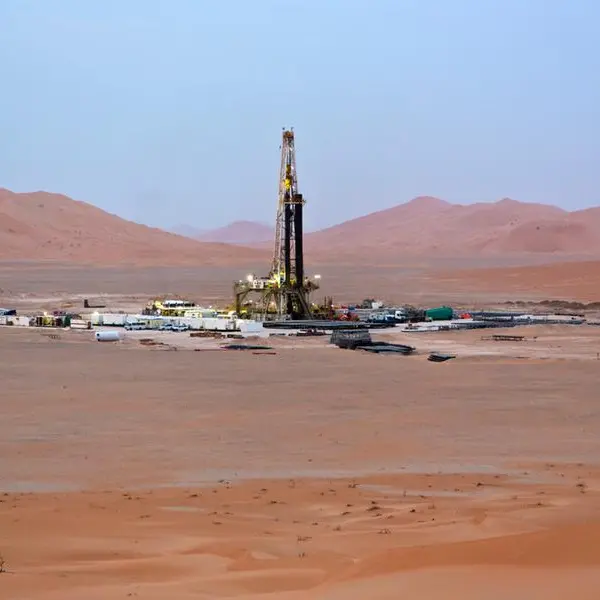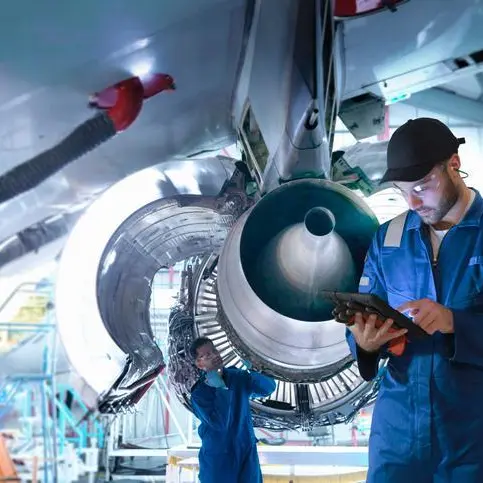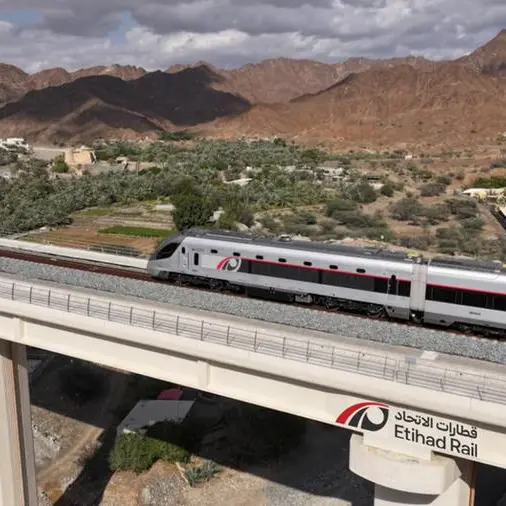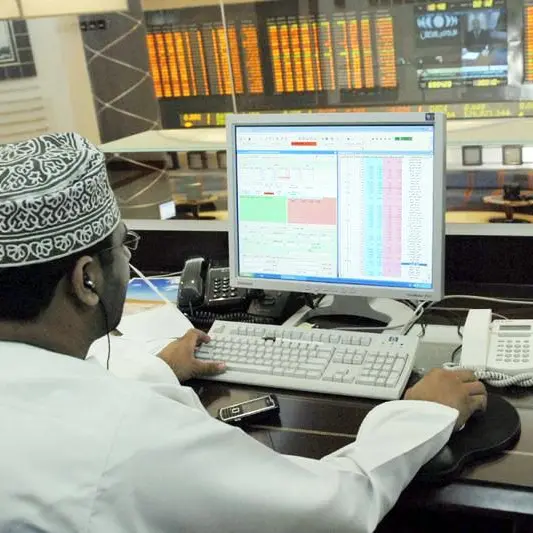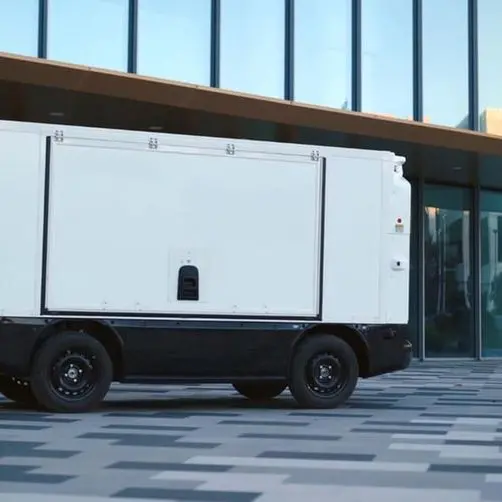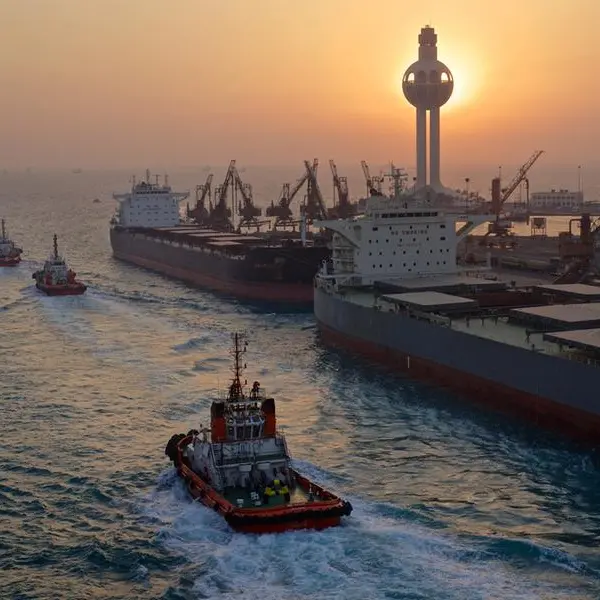PHOTO
The Middle East and North Africa (MENA) region is in a prime position to start producing carbon-neutral or green steel, a new report from the Institute for Energy Economics and Financial Analysis said.
“The MENA region can lead the world if it shifts promptly to renewables and applies green hydrogen in its steel sector,” said author of the report Soroush Basirat.
The steel sector in the region is dominated by Direct Reduced Iron-Electric Arc Furnace (DRI-EAF) technology, which releases lower emissions than the increasingly obsolete coal-fuelled blast furnace and basic oxygen furnace (BF-BOF) process used in 71 percent of global crude steel production in 2021.
Basirat says the DRI-EAF process, which uses syngas made from natural gas or gasified coal and also electricity, could be zero emissions if green hydrogen (produced using renewable energy-powered electrolysis) and electric arc furnaces powered by renewable energy were used.
“MENA has an established supply of DR-grade iron ore and its iron ore pelletising plants are among the world’s largest. In 2021, MENA produced just three percent of global crude steel but accounted for nearly 46 percent of the world’s DRI production,” the report noted.
“MENA’s knowledge of this specific steel technology is an invaluable asset. This production knowledge, abetted by further work on iron ore beneficiation, pelletising and DR plants, is among the most important steel decarbonisation pillars, and will greatly assist MENA’s transition”.
“Compared to other regions, MENA’s existing DRI-EAF capacity means no extra investment is needed for replacing the base technology. All new investment could be focused on expanding production of green hydrogen among other renewables,” said the report.
The International Energy Agency (IEA) in its Net Zero Emissions scenario models the global share of hydrogen-based (H2) DRI-EAF production reaching 29 percent of primary steelmaking by 2050.
BloombergNEF estimates that 56 percent (840 million tonnes) of primary steel production will come from H2DRI-EAF by 2050 in a net zero emissions scenario.
“A switch from gas-fuelled DRI to green hydrogen could commence ahead of other regions, given MENA’s in situ capacity of DRI-EAF. Initially, it would be possible to replace 30 percent of gas with hydrogen in the incumbent fleet of DR plants without any major equipment modifications. The region could then move towards 100 percent green hydrogen to produce carbon-free steel”, the report said.
“Having access to high solar energy resources allows for production of green hydrogen at a competitive price,” said Basirat. “With MENA’s available capacity, producing green hydrogen below $1/kg is achievable by 2050.”
With the EU soon establishing a Carbon Border Adjustment Mechanism, MENA steel exports would have an advantage if they are zero carbon.
“MENA’s producers are ahead in terms of their market positioning and will remain so if they accelerate the transition to carbon-free steel using the green hydrogen DRI-EAF route,” said Basirat.
MENA has good infrastructure and pipelines that could facilitate cheaper hydrogen transportation to steel producers, the report noted. Additionally, its steel and mining sector has already invested in the upstream value chain and can supply the high-quality pellets to feed steel companies.
Iran, Saudi Arabia and Egypt are the leading steel players in the MENA region, producing more than 80 percent of the region’s total.
Costs
BloombergNEF suggests that with delivered green hydrogen priced below $1.5/kg, H2DRI-EAF technology could be cost competitive by 2050.
The cost of hydrogen production via electrolysis is currently lower than blue hydrogen in Middle Eastern countries. In July 2022, the cost of alkaline electrolysis in Qatar was $2.59/kg, Saudi Arabia $3.20, Oman $3.55 and UAE $5, the report said.
Headwinds
The challenges listed for MENA by the IEEFA report include technical barriers of using hydrogen for DRI production on a commercial scale, supply of DR-grade pellet for expansion projects, scaling up the renewables and green hydrogen value chain and water stress.
Producing one million tonnes of green steel based on H2DRI-EAF technology requires solar PV and electrolyser with an annual capacity above 1GW. Changing the DRI-EAF fleet to a hydrogen-based process supported by renewables is a big challenge even for MENA.
(Writing by Sowmya Sundar; Editing by Anoop Menon)
